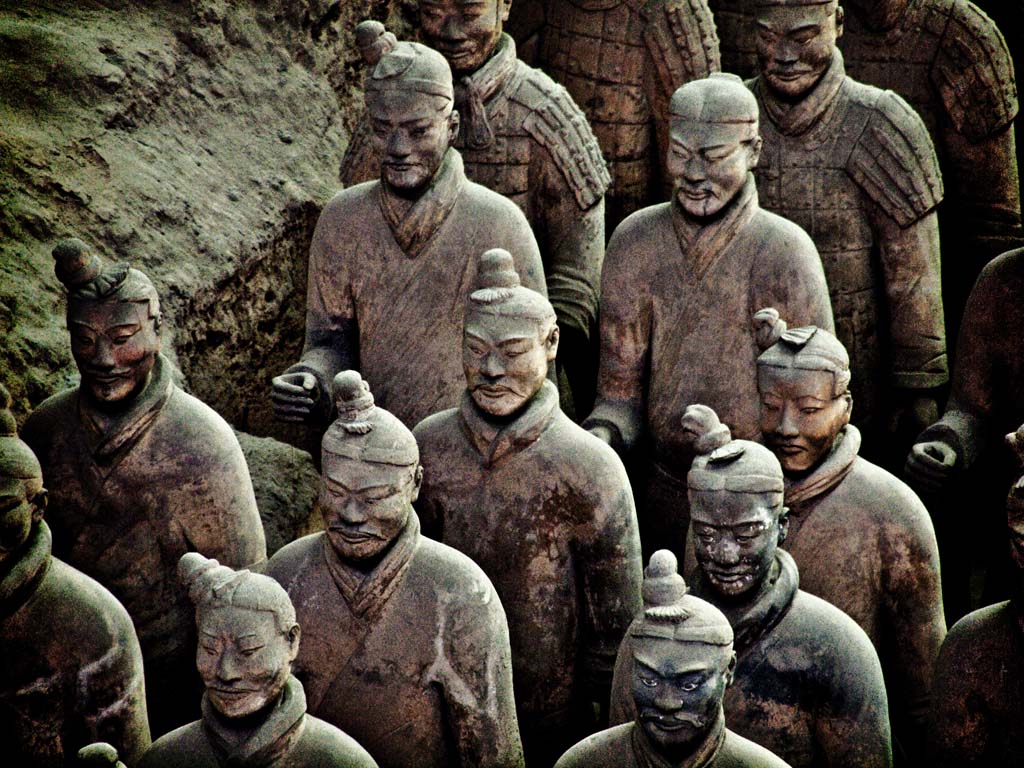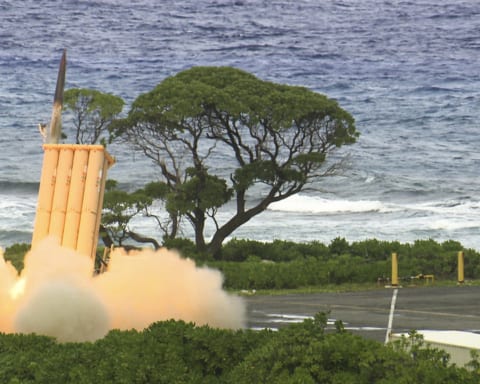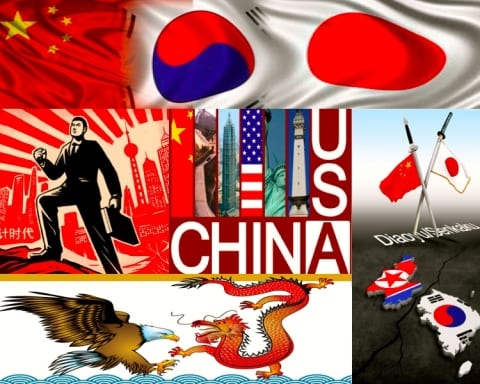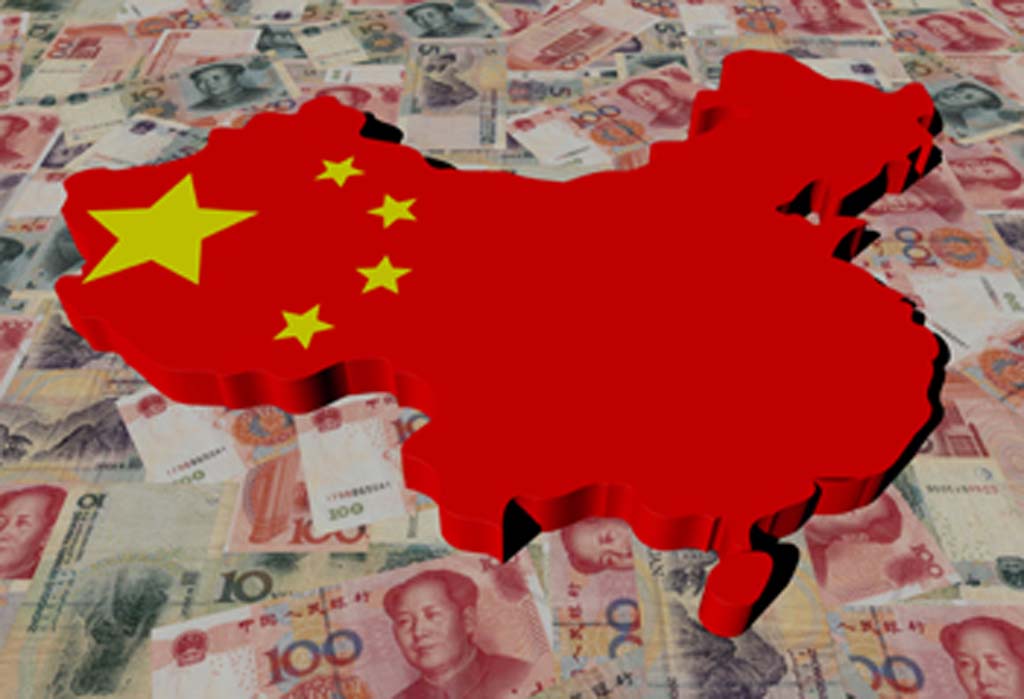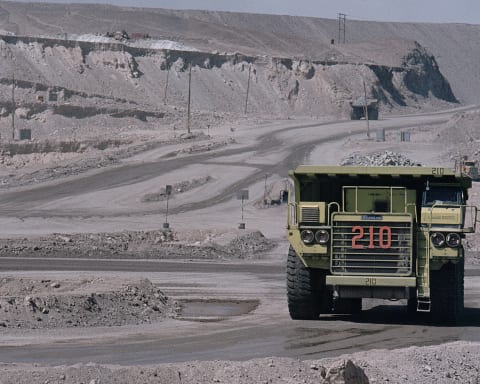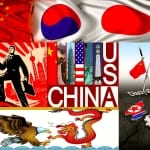China’s fundamentals may not be as strong as you’ve been told.
Place your bets, ladies and gentlemen. The fix is in: China will be the next superpower.
We’ve been told the economic projections all assure it, but do they? The same projections were made for the Eastern bloc in the 1960s, Japan in the 1980s, and the Asian Tigers in the 1990s. In each of those decades the conventional wisdom, particularly in the United States, whipped policymakers into a frenzy over the implications of dizzying growth numbers. And yet to varying degrees, history has proven the conventional wisdom wrong. Just as history has a tendency to repeat itself, there is strong evidence to suggest it may be wrong on China as well.
First, let’s examine economic strength, upon which most “China superpower” predictions are predicated. One of the most oft-cited figures is China’s GDP. In 2013 China met its target to expand by 7.5% – more than double that of the United States, but also only slightly more than half the 14.2% it recorded only 6 years earlier. And how do these numbers stand up qualitatively? Even as GDP has plummeted, it is increasingly being funded by credit accumulation, with the credit intensity of growth now triple what it was eight years ago. Of course, the rapid expansion of debt is concerning but not necessarily game-changing. Much more alarming is the housing market bubble. Of China’s 27 largest cities, 21 have unused housing inventory that exceeds 12-month demand, and housing costs in Shanghai have increased 273% in the past seven years. According to a recent assessment published by analysts at Japan-based Nomura bank, “It is no longer a question of ‘if’ but rather ‘how severe’ the property market correction will be.” As much as 20% of China’s GDP is derived from property investment, and a sizable chunk of China’s wealth is held in real estate equity. The implications mirror the U.S. property crash of 2008, but are magnified by the fact that China has more than 10 times as much spare housing inventory. When this bubble bursts, it will be very painful.
These numbers aren’t surprising. In 1994, Paul Krugman described the “myth” of the Asian Miracle as “perspiration rather than inspiration.” He compared Asia’s high growth levels to historical examples in which the short-term mobilization of new labor and capital generated remarkable growth. As those economies matured and new inputs became scarce, GDP growth took a corresponding dive. The parallels with China are remarkable. Labor costs are rising rapidly, debt is soaring, and urbanization projects are becoming increasingly desperate. Unless China can successfully transition its economy away from manufacturing towards consumption and innovation, it is destined for a significant cooldown.
But there is more to China’s fragility than just economics. To the extent that “demographics is destiny,” China’s demographic future looks rocky. 35 years of the one child policy has sent the birth rate plummeting to well below replacement levels, which means the population of 1.3 billion will actually begin to shrink and age during our lifetimes. The implications of this are profound: the elderly dependency ratio is rising at an unprecedented rate, the working age population is beginning to dry up; and due to a cultural preference for sons, the gender gap is expected to reach up to 35 million extra men by 2020. To use the common phrasing, China will get old before it gets rich. The social and welfare burdens these trends foretell are alarming, and unlike economic growth predictions, demographics are an absolute certainty.
The confluence of a cooling economy and a demographic nightmare may be too much for the historically deliberate and risk-averse CCP to bear all at once. Premier Li Keqiang has identified 7.2% growth as the minimum level needed for China to provide jobs to the 10 million new workers who enter the labor force every year. With expectations for 2015 set at 7.3%, (a decline of 0.2% year over year) we are very quickly approaching the breaking point. Chinese performance legitimacy, the idea that the CCP will maintain its support as long as it performs well, will begin to evaporate, as unemployed male youths grow dissatisfied with emerging social and economic trends. They are being raised in an unequal society where it’s becoming more and more difficult to find either a job or a partner. It follows as no surprise that since 2011 the CCP has been spending more on domestic security ($125b in 2013) than the military ($120b in 2013.) Since the Tiananmen protests 25 years ago, social unrest has exploded by a factor of 20 to more than 180,000 incidents per year. These are no real threat to CCP control, but instability further impacts economic fundamentals, and it appears things will get worse before they get better.
Finally, when assessing China’s viability as a superpower, we must evaluate what being a superpower entails. China’s strength is one-dimensional, drawn from its economy. But there are dozens more areas in which it still comes up short: leadership, military power, soft power, diplomacy, domestic stability, entrepreneurship, innovation, transparency, corruption, pollution… the list goes on. (For further reading on this, see David Shambaugh’s excellent Brookings piece entitled, “The Illusion of Chinese Power”). Yet the CCP has shown little interest in undertaking the systemic reforms necessary to adapt and really meet these challenges, preferring a more incremental pace that is simply too slow.
Even more significant is the question of whether Beijing has any interest in being a superpower in the first place. The government has repeatedly abstained from taking stands on issues of regional and global stability. In the South China Sea they’ve taken the opposite tack and begun unilaterally taking control of disputed islands and territories. In Hong Kong this year, we have learned what Beijing’s vision of a free election looks like. Additionally, China follows its own interpretation of many global norms such as non-refoulement, universal human rights, and R2P. China has massively reaped the benefits of the post-WWII liberal order while wholeheartedly rejecting the responsibilities expected of its leaders.
Predicting the future is difficult, and China may yet continue to beat the odds. But prudence demands we consider the risks we take by tying our economic and political futures to the mirage of the Chinese GDP machine. This author is not anti-China. Indeed, the world does much better with a strong and stable China. But there is real cause for concern when it comes to China’s economic strength and leadership, and this is very bad news for all of us. If I were a betting man, I’d probably sit this round out.
